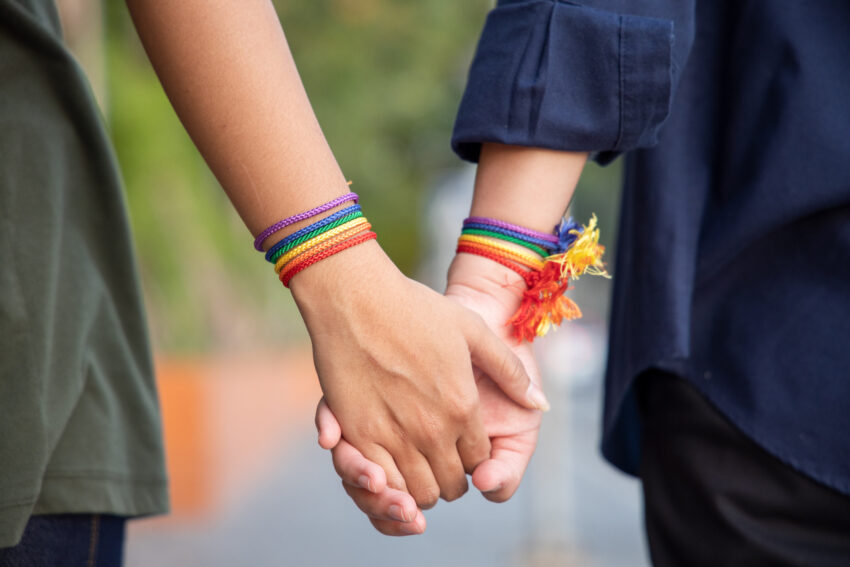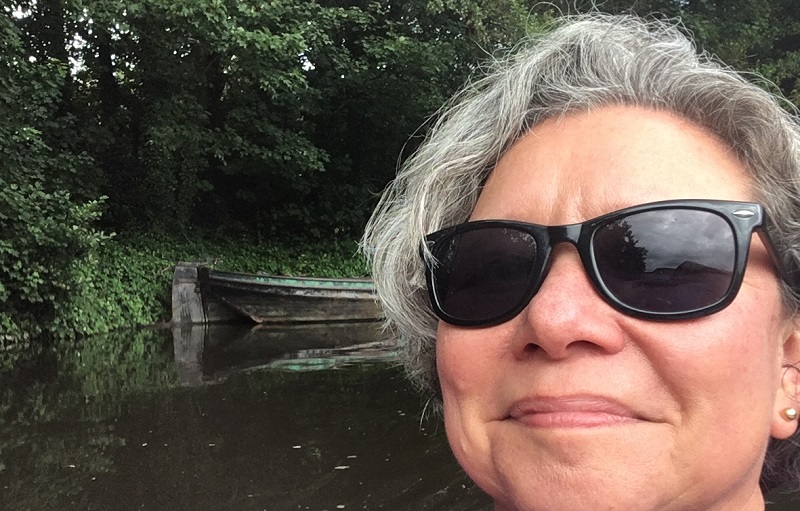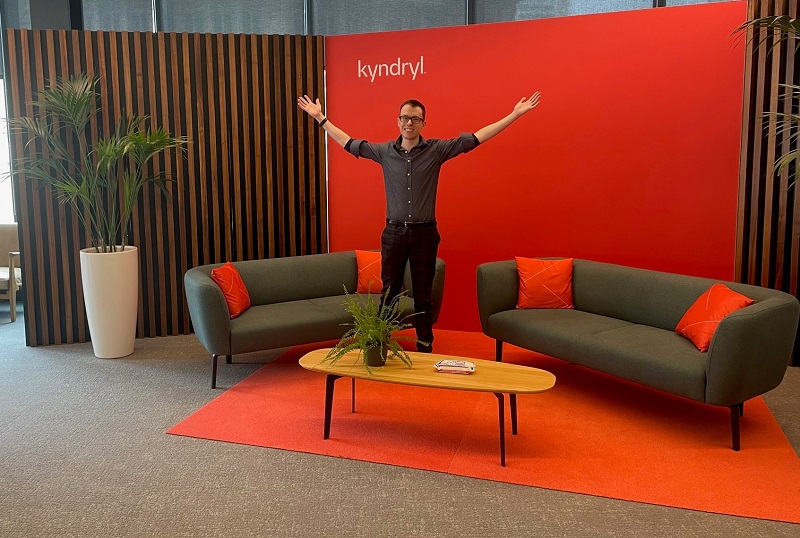Getty Images and LGBT+ media advocacy organisation GLAAD have published a guidebook in response to Getty’s research that found that “overall LGBTQ+ visual representation remains low and stereotypical.”
Eradicating stereotypical LGBT+ visuals
This initiative is part of a wider partnership between the two organisations to increase the visibility of the LGBT+ community while challenging “harmful, cliched visual stereotypes” in visual representations.
Their ‘LGBTQ+ Guidebook for Inclusive Visual Storytelling‘ gives organisations “practical recommendations for confidently making more inclusive visual choices when depicting the broader LGBTQ+ community.” This follows last year’s Getty Images and GLAAD Transgender Guidelines, which were designed to support Getty Images and iStock photographers and videographers “to better represent the diversity of the transgender community, addressing terminology and clichés to avoid.”
Earlier this year, Getty released its 2021 Visual GPS survey that revealed many respondents found LGBT+ visuals to be stereotypical. Their UK findings revealed the following:
- 31% of such visuals depict gay men as ‘feminine’
- 34% of such visuals depict LGBTQ+ people carrying the rainbow flag in some capacity
- 27% of such visuals depict lesbian women as ‘masculine’
- 38% of such visuals depict gay men as ‘flamboyant’
Advertisers are ill-informed and nervous about backlash
There is a concern that inauthentic visuals have “left advertisers feeling hesitant when it comes to proactively depicting the LGBTQ+ community in their campaigns and communications, especially outside of Pride month.”
In fact, a study from consumer goods giant Procter & Gamble and GLAAD found that “nearly 81% of advertisers agreed that an ‘inauthentic execution of LGBTQ people would lead to a larger backlash than not including them at all’ and nearly 80% of advertisers agreed that it is ‘difficult to adequately represent the LGBTQ community because the community is complicated and has many nuances’.”
Nick Adams, Director of Transgender Representation at GLAAD, said: “The guidance we’ve created with Getty Images seeks to give brands and businesses of all sizes the confidence they need to depict the LGBTQ+ community in inclusive, authentic and thoughtful ways, without fear of backlash or fear of ‘getting it wrong’.
“Instead of shying away from depictions or relying on stereotypes, we’ve created guidance on how to authentically represent the LGBTQ+ community in ways that will create lasting connections. Increasing representation of LGBTQ+ people in your communications demonstrates your intentional emphasis around diversity and makes a public commitment of your support for this community.”
Jacqueline Bourke, Head of Creative Insights for EMEA at Getty Images and iStock, added: “While we know that increased representation positively impacts increased acceptance, our research has also shown that LGBTQ+ individuals remain grossly underrepresented in media and even when this community is represented, businesses and media rely too heavily upon stereotypical, inauthentic imagery.
“Our research suggests that LGBTQ+ people in countries with less LGBTQ+ representation in the visuals that surround them, including media and advertising, actually report experiencing more anti-LGBTQ discrimination and bias—for example, in Germany, where representation is lower, discrimination is higher when compared to the UK. This means that authentic imagery which accurately and positively captures the nuances of this diverse community is not only needed but can have a positive impact globally.
“In fact, two-thirds of UK Visual GPS respondents stated that it’s important to them that the companies they buy from celebrate diversity of all kinds. To create real change for LGBTQ+ representation, we need the advertising and media industry to act. Creatives and marketing professionals have the opportunity to not just encourage the creation of this kind of imagery, but also to choose to use it.”
To access the Getty Images guidebook, please click here.









